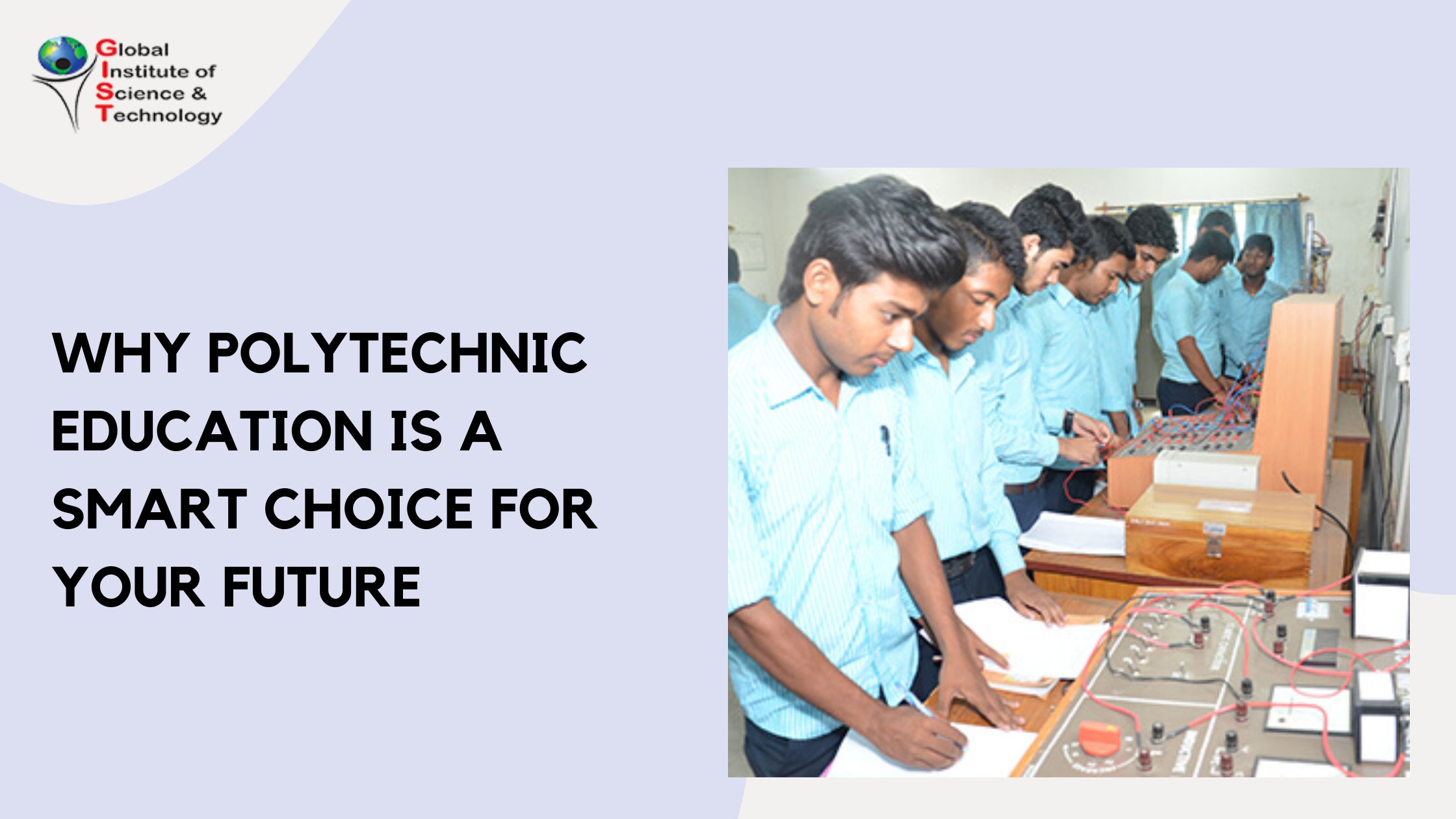-
Student Login NEW
Student Login
ADMISSIONS OPEN - 2025
The Intersection of Electrical Engineering and Robotics: Navigating the Future Together
- Home -
- Blog-Details

- 5 Feb
- 2024
The Intersection of Electrical Engineering and Robotics: Navigating the Future Together
In the modern era of technological innovation, the fields of electrical engineering and robotics have become increasingly intertwined, paving the way for groundbreaking advancements in automation and intelligent systems. At the Global Institute of Science & Technology, recognized as one of the best engineering colleges in West Bengal, students and faculty alike are at the forefront of exploring and contributing to this dynamic intersection, where electrical engineering principles are not just applied but are fundamental in driving the evolution of robotics and automation.
The Foundation of Robotics in Electrical Engineering
Electrical engineering, with its broad focus on the study and application of electricity, electronics, and electromagnetism, serves as the backbone of modern robotics. It is within this field that the fundamental components of robotics—such as circuit design, control systems, and signal processing—are developed and refined. These components are crucial in creating the sophisticated hardware and software that enable robots to perform complex tasks with precision and autonomy.
Control Systems and Signal Processing: The Heart of Robotics
At the heart of every robotic system lies a sophisticated control system, engineered to interpret signals and execute commands. Electrical engineers utilize principles of signal processing to design these control systems, enabling robots to understand and interact with their environment in real-time. This capability is essential for the development of autonomous vehicles, drones, and industrial robots, which rely on precise control mechanisms to operate safely and efficiently within dynamic settings.
Power Systems and Energy Management
The role of electrical engineering extends into the design and management of power systems within robotic technologies. Ensuring that robots have a reliable and efficient energy source is a key challenge that electrical engineers tackle through the development of battery technologies, energy harvesting techniques, and power management strategies. Innovations in this area not only enhance the performance and longevity of robots but also contribute to the sustainability of robotic systems.
Sensor Technology and Machine Perception
Sensors are the eyes and ears of a robot, providing the data necessary for navigation, interaction, and the execution of tasks. Electrical engineering principles are applied in the development of sensor technologies, including vision systems, tactile sensors, and auditory devices. These technologies enable robots to perceive their surroundings with a high degree of accuracy, making them capable of performing increasingly complex and delicate tasks, from surgical procedures to environmental monitoring.
Integration of Robotics in Diverse Fields
The integration of robotics, powered by electrical engineering, into various sectors has led to transformative changes across industries. In healthcare, robotic-assisted surgeries have become more precise and less invasive. In manufacturing, automation has significantly increased efficiency and safety. Additionally, in the realm of exploration, robotics has extended our reach into environments previously inaccessible to humans, from the depths of the oceans to the surface of Mars.
Preparing the Next Generation of Innovators
The Global Institute of Science & Technology, as one of the best engineering colleges in West Bengal, is committed to preparing students for the future of electrical engineering and robotics. Through a curriculum that emphasizes hands-on learning, interdisciplinary collaboration, and innovation, students are equipped with the knowledge and skills to contribute to the advancement of robotics and automation. By fostering an environment that encourages exploration and creativity, the institute aims to produce graduates who will lead the next wave of technological breakthroughs.
Conclusion
The intersection of electrical engineering and robotics represents a vibrant and rapidly evolving field that promises to shape the future of technology and society. As robotics continues to advance, the role of electrical engineering in its development remains indispensable, offering endless possibilities for innovation and application. At the Global Institute of Science & Technology, students and faculty are actively engaged in this exciting journey, contributing to the advancements that will define the next era of engineering excellence.
Latest Posts
-
3 Dec, 2025
-
13 Jun, 2025
-
21 Jan, 2025
-
13 Jan, 2025
-
1 Jan, 2025
-
18 Dec, 2024
-
11 Dec, 2024
-
22 Nov, 2024
-
21 Jun, 2024
-
17 May, 2024
-
21 Nov, 2023
-
10 Nov, 2023
-
13 Sep, 2023







.webp)





.webp)
.webp)



.webp)

.webp)







.webp)

























.jpg)


.jpg)
.jpg)
.jpg)



.jpg)
.jpg)
.jpg)



.jpg)



.jpg)



.jpg)
.jpg)











.png)





.png)








.png)

.png)



